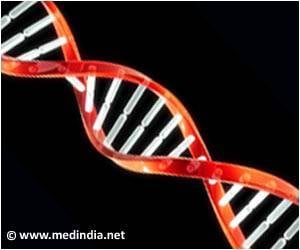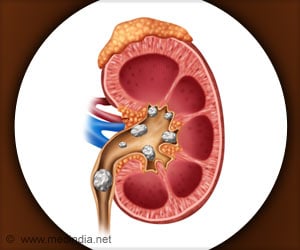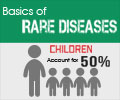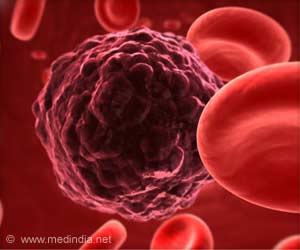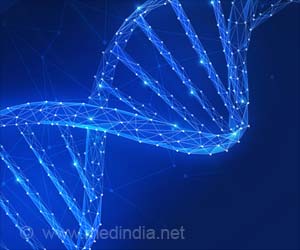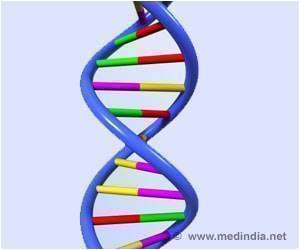New study describes a rare disease characterized by a series of recognizable facial features, cardiac defects, and intellectual disability, which was proposed to be named as TRAF7 syndrome, according to the name of the gene that causes this pathology.

‘Clinical features linked to the TRAF7 syndrome are intellectual disability, specific facial features, motor delay, hearing loss, a heart congenital malformation, and skeletal defects in neck, fingers, and chest.
’





In this research, the experts identified forty-five patients -who were not diagnosed before- with whom they could gain knowledge on this new syndrome, so far defined with an only previous article based on the study of seven people.With the analysis of new patients, the authors described the clinical picture associated with the TRAF7 syndrome, featured by intellectual disability, motor delay, specific facial features, hearing loss, a heart congenital malformation -patent ductus arteriosus- and skeletal defects in fingers, neck, and chest.
Apart from defining the TRAF7 syndrome-associated phenotype spectrum, the authors of the new study analyzed the transcriptome -global expression analysis of all gens in a cell- of fibroblasts -the most common type of cell in the connective tissue- in several patients and controls. Therefore, it is possible to offer an explanation on the altered pathways in case the gene mutates, and the disease originates.
Among other features that can contribute to identifying the affected patients are also the blepharophimosis (eyelids are horizontally shortened), short neck with back deviations, pectus carinatum (malformation in the chest where the chest wall is held in outward position), and macrocephaly.
Last, the team used a computer application -based on photographs of several patients- to get a robot portrait of the syndrome, which could be of interest to the pediatricians who have to work with cases of this disease.
Advertisement


